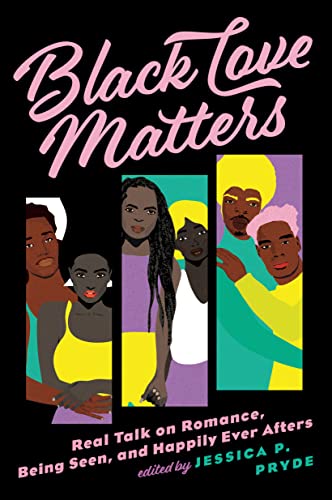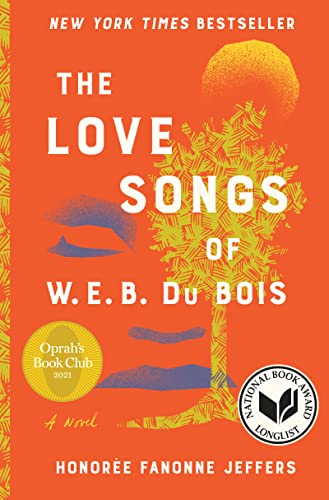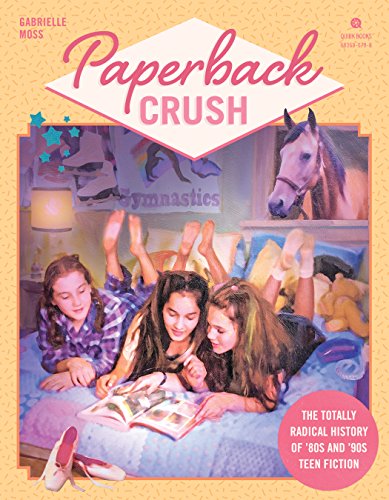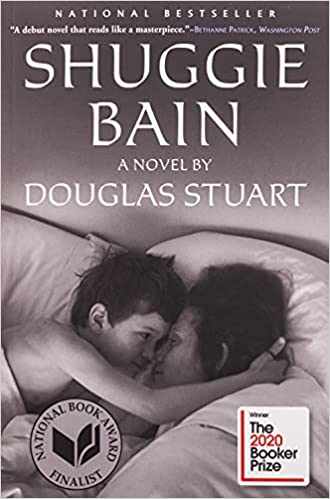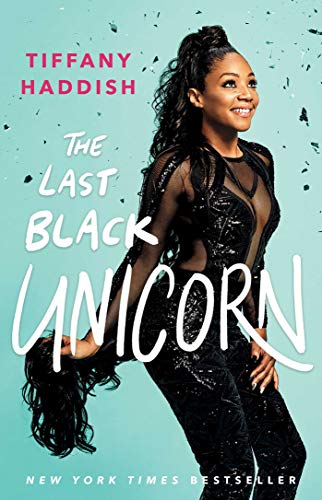Black Love Matters. Jessica P. Pryde, ed. 2022. Berkley. 285 pages. [Source: Public Library.] As a proud lover of all things Black romance, I had to get my hands on this anthology which features essays from some of the most visible names in the field of Black romance publishing and scholarship. With this book, Pryde has brought together long-established names as well as those who are on their rise to consider the ways that Black Love Matters. The result is a book filled with contributors representing all facets of Black life and love, sharing their insights on the genre and what it means for them or critically examining the space that Black love occupies in literature. One of the greatest take aways here is that Black Love Matters gives space to ask the question — why do we need to center Black love? If romance is one of the best-selling segments of the publishing industry, why are Black stories still lacking in representation? In responding to this topic, the authors share their own experiences as creators, consumers, and scholars of Black romance. What I love about this book is that its chapters reflect the complexity of Black writing; there are…
The Love Songs of W.E.B. Du Bois. Honoree Fanonne Jeffers. 2021. Harper. 801 pages. [Source: Public library.] The Love Songs of W.E.B. Du Bois is an early contender for my favorite read of 2022. It recounts the history of the Pinchard family through the juxtaposition of modern-day experiences of its protagonist, Ailey Garfield, and flashbacks to the lives of her ancestors as far back as Africa during the trans-Atlantic slave trade. Throughout the book, Jeffers pulls the reader forward and backward through centuries, giving snapshots of the family’s experiences in and around the rural town of Chicasetta, Georgia. Clocking in at just over 800 pages, Love Songs is a substantive read, not only in length but also in breadth. Jeffers addresses a wide range of topics related to slavery in the U.S., and by centering the small town she’s able to dig into topics like racism, segregation, and colorism. Jeffers’ approach obviously centers the enslavement of Black members of the Pinchard family, but in doing so, she also examines the complicated relationships that included indigenous people — the Creek who predated plantations — and the white families that established plantations. As the title alludes to, the scholarship of W.E.B. Du…
Paperback Crush. Gabrielle Moss. 2021. Quirk Books. 257 pages. [Source: Public library.] Be still, my heart. As a child of the ’80s, I longed for few things more than the day the Scholastic book flyer was distributed at school or a Saturday spent at the mall with my friends, roaming through Sam Goody & Waldenbooks while figuring out when we’d get our Cinnabon and Orange Julius fix. My world has always been consumed by books, but nothing brings on nostalgia like remembering the thousands of hours I spent devouring teen fiction. Series like The Baby-Sitters Club, Sweet Valley High, and, of course, R.L. Stine’s Fear Street had a chokehold not just on me, but countless teen readers and Paperback Crush is a retrospective of the genre with attention paid to heavy hitters and lesser-known books. With Paperback Crush, Moss revisits some of the most seminal teen fiction of the 1980s and ’90s with remarkable depth. While it’s not a scholarly read, it’s clear Moss conducted extensive research on the history of teen fiction and its content’s evolution over time. There are readers who would argue that this era of teen fiction is a “golden era” of sorts, without considering what…
Shuggie Bain. Douglas Stuart. 2020. Grove Press. 448 pages. [Source: Public library.] Shuggie Bain is a sensitive, unwaveringly loyal boy who has the misfortune of being born to an alcoholic mother and abusive father, with older siblings who are nearly tripping over themselves to get away from the family. Set in 1980s Glasgow, Shuggie Bain is a coming of age story about a boy everyone seems to know is “no right” and who ends up in a flopped household where he’s more of a caregiver to his mother Agnes. Stuart excels in setting the tone and environment for a story that is incredibly bleak, with fleeting moments of happiness. Throughout the book, there is an ever-present climate of despair that is hard to shake, not just for Shuggie but for everyone in his orbit. He is living in a Scotland that’s been ravaged deindustrialization, where rampant unemployment and extreme poverty are the new norm. When his family goes from living with his mother’s parents in a bustling city to living in a remote former mining town among strangers, they struggle to find a sense of belonging. Agnes, with her coiffed hair and meticiously neat outfits, doesn’t quite fit in with…
The Last Black Unicorn. Tiffany Haddish. 2017. 289 pages. [Source: Public library.] It’s rare that a book has me actually laughing out loud nearly the entire time I read it. Most comedic books are funny, but not that funny. Tiffany Haddish easily kept me in stitches throughout The Last Black Unicorn, perhaps more so because it was an audiobook narrated by Haddish herself. In her autobiography, Haddish covers it all — her unstable upbringing, abusive/manipulative relationships, and the stop-and-go evolution of her career. There are energizing highs, and heart wrenching lows. But what’s undeniable is Haddish’s ability to tell these stories with candor and humor. She states early on in the book that readers will either laugh or cry, and that she’d her best to have them do the second. Without question, she’s presented a book that strikes a fair balance of honesty without turning it into a sob story. In fact, I’d say that at times, the way she presents things is almost bordering on the ridiculous, yet she always brings it home. What stands out to me about this book is how transparent Haddish is about her various experiences. She’s upfront and detailed about her missteps, even those…

